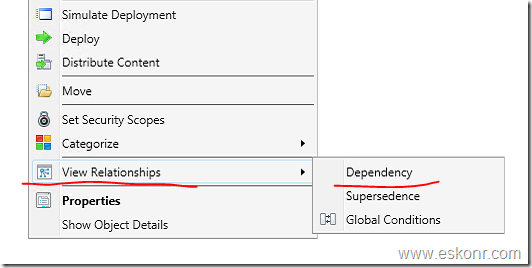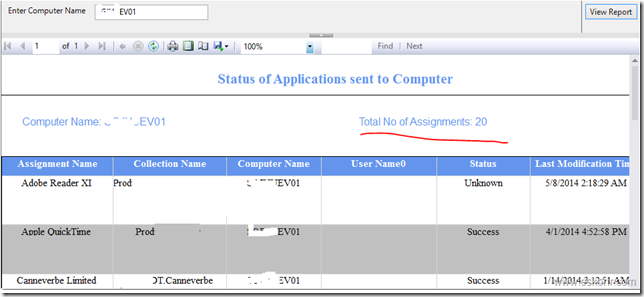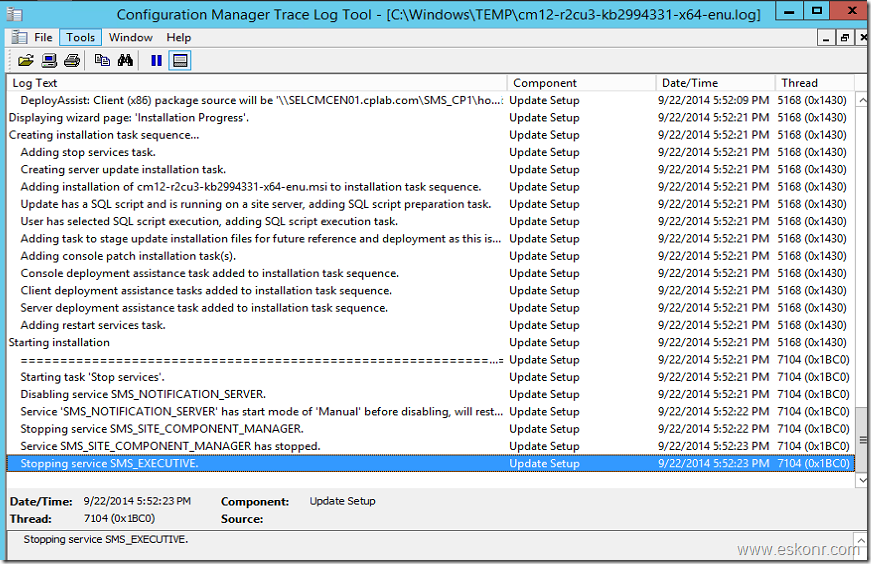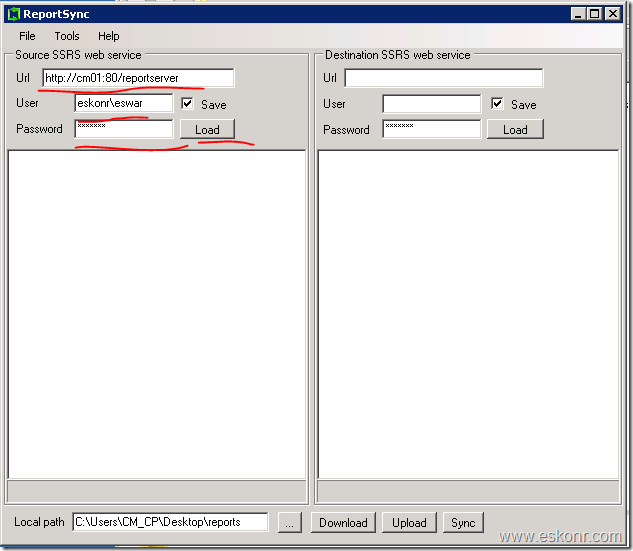If you search on the web for patch compliance report in configmgr,you get various reports of which you can customize it if you still need the way you want.I don’t see any standard report that tell the compliant % for each month in one line ?
How do you monitor the overall progress of the current month and its previous months ? let say,for the current month,compliant machines are 500(which have got all approved patches) and noncompliance and its % in one line ?
How about something like this ?
Not sure how many of you already seen post from Alexsemi who has developed report by month wise since from beginning(based on the patch date posted).
Criteria’s used in the query:
1. Category: Security patches
2. Products: All
3. Severity: Critical and Important
4. One missing patch brings entire computer to noncompliance.
If you are into configuration manager 2007 and using classic report feature,you can use the below SQL code which is also available here to download .
if you are into Configuration manager 2012 ,you will have to create SSRS report ,for which i have uploaded the .RDL file here ,so download and upload it to your SSRS reports.
SELECT D.MonthPosted , Compliant , Incompliant [Non-Compliant],Compliant + Incompliant [Total], cast(Compliant / ( (Compliant + Incompliant) /100.0) as decimal(5,2) ) as [Compliant %],
cast(Incompliant / ( (Compliant + Incompliant) /100.0) as decimal(5,2) ) as [Non-Compliant %]
FROM
(
Select MonthPosted, Count(1) as Compliant FROM
(
SELECT MonthPosted, ResourceID
FROM (SELECT TOP (100) PERCENT v_UpdateComplianceStatus.ResourceID, v_UpdateComplianceStatus.Status, CAST(DATEPART(yyyy,
v_UpdateInfo.DatePosted) AS varchar(255)) + ‘-’ + RIGHT(’0′ + CAST(DATEPART(mm, v_UpdateInfo.DatePosted) AS VARCHAR(255)), 2)
AS MonthPosted, COUNT(1) AS Count
FROM v_UpdateComplianceStatus INNER JOIN
v_UpdateInfo ON v_UpdateComplianceStatus.CI_ID = v_UpdateInfo.CI_ID INNER JOIN
v_R_System ON v_UpdateComplianceStatus.ResourceID = v_R_System.ResourceID
WHERE (v_R_System.Obsolete0 = 0 AND v_R_System.Client0 = 1 AND v_R_System.Active0 = 1) AND (v_UpdateInfo.Severity IN (8, 10)) AND (v_UpdateInfo.IsSuperseded = 0) AND (v_UpdateInfo.IsEnabled = 1)
GROUP BY v_UpdateComplianceStatus.ResourceID, v_UpdateComplianceStatus.Status, CAST(DATEPART(yyyy,
v_UpdateInfo.DatePosted) AS varchar(255)) + ‘-’ + RIGHT(’0′ + CAST(DATEPART(mm, v_UpdateInfo.DatePosted) AS VARCHAR(255)), 2)) A
where Status =3
AND not exists
(
SELECT B.MonthPosted, B.ResourceID
FROM (SELECT TOP (100) PERCENT v_UpdateComplianceStatus.ResourceID, v_UpdateComplianceStatus.Status, CAST(DATEPART(yyyy,
v_UpdateInfo.DatePosted) AS varchar(255)) + ‘-’ + RIGHT(’0′ + CAST(DATEPART(mm, v_UpdateInfo.DatePosted) AS VARCHAR(255)), 2)
AS MonthPosted, COUNT(1) AS Count
FROM v_UpdateComplianceStatus INNER JOIN
v_UpdateInfo ON v_UpdateComplianceStatus.CI_ID = v_UpdateInfo.CI_ID INNER JOIN
v_R_System ON v_UpdateComplianceStatus.ResourceID = v_R_System.ResourceID
WHERE (v_R_System.Obsolete0 = 0 AND v_R_System.Client0 = 1 AND v_R_System.Active0 = 1) AND (v_UpdateInfo.Severity IN (8, 10)) AND (v_UpdateInfo.IsSuperseded = 0) AND (v_UpdateInfo.IsEnabled = 1)
GROUP BY v_UpdateComplianceStatus.ResourceID, v_UpdateComplianceStatus.Status, CAST(DATEPART(yyyy,
v_UpdateInfo.DatePosted) AS varchar(255)) + ‘-’ + RIGHT(’0′ + CAST(DATEPART(mm, v_UpdateInfo.DatePosted) AS VARCHAR(255)), 2)) B
where Status =2
and B.MonthPosted = A.MonthPosted and B.ResourceID = A.ResourceID
Group By MonthPosted, ResourceID
)
Group By MonthPosted, ResourceID
) C
Group By MonthPosted
) D,
( SELECT MonthPosted, Count(1) as Incompliant
FROM (SELECT TOP (100) PERCENT v_UpdateComplianceStatus.ResourceID, v_UpdateComplianceStatus.Status, CAST(DATEPART(yyyy,
v_UpdateInfo.DatePosted) AS varchar(255)) + ‘-’ + RIGHT(’0′ + CAST(DATEPART(mm, v_UpdateInfo.DatePosted) AS VARCHAR(255)), 2)
AS MonthPosted, COUNT(1) AS Count
FROM v_UpdateComplianceStatus INNER JOIN
v_UpdateInfo ON v_UpdateComplianceStatus.CI_ID = v_UpdateInfo.CI_ID INNER JOIN
v_R_System ON v_UpdateComplianceStatus.ResourceID = v_R_System.ResourceID
WHERE (v_R_System.Obsolete0 = 0) AND (v_UpdateInfo.Severity IN (8, 10)) AND (v_UpdateInfo.IsSuperseded = 0) AND (v_UpdateInfo.IsEnabled = 1)
GROUP BY v_UpdateComplianceStatus.ResourceID, v_UpdateComplianceStatus.Status, CAST(DATEPART(yyyy,
v_UpdateInfo.DatePosted) AS varchar(255)) + ‘-’ + RIGHT(’0′ + CAST(DATEPART(mm, v_UpdateInfo.DatePosted) AS VARCHAR(255)), 2)) F
where Status =2
Group By MonthPosted ) E
where D.MonthPosted = E.MonthPosted
order by MonthPosted Desc
Sccm Configmgr 2012 :Patch Compliance Summary Report Month Wise is a post from: Eswar Koneti's Blog












































